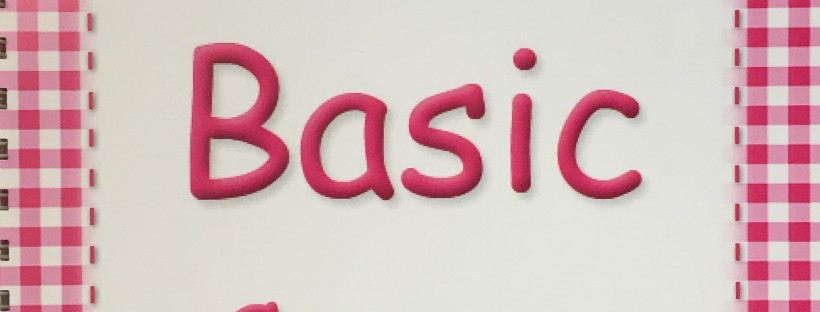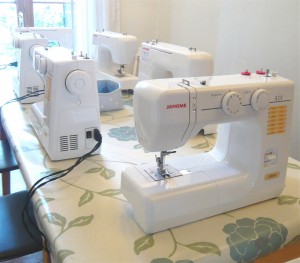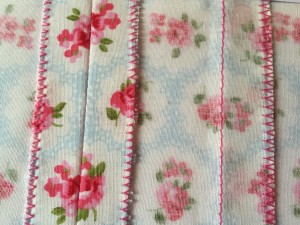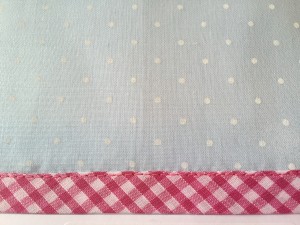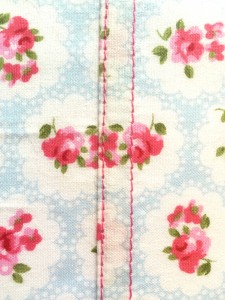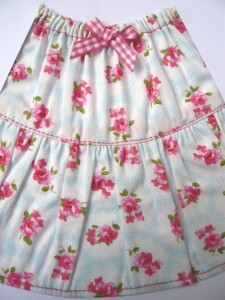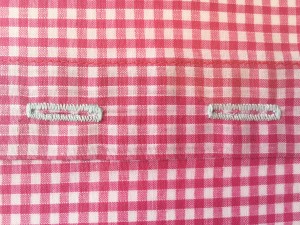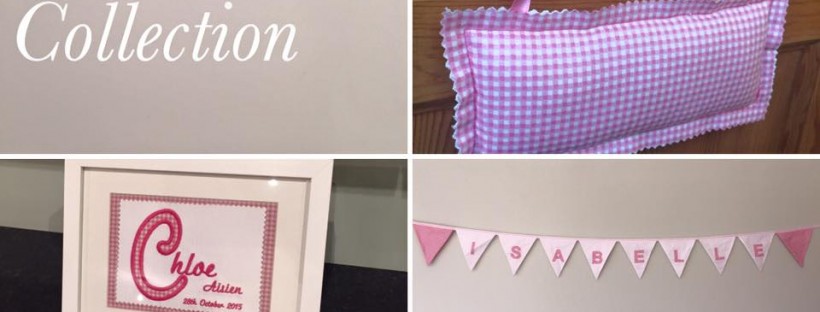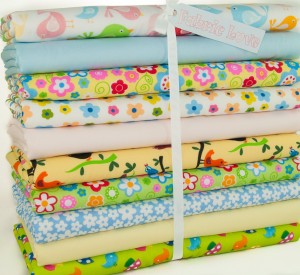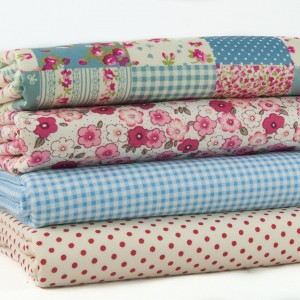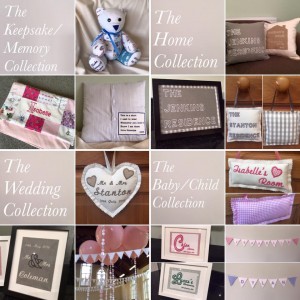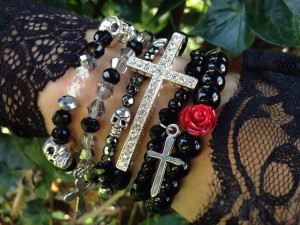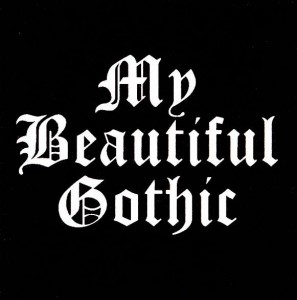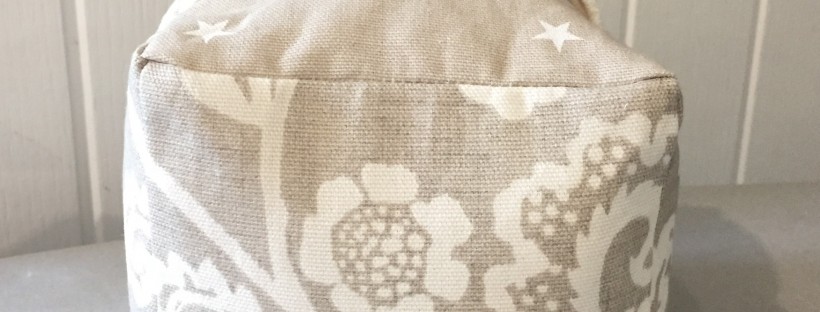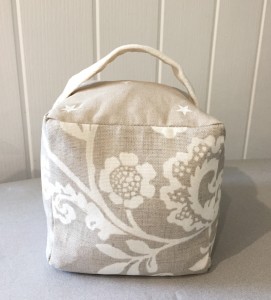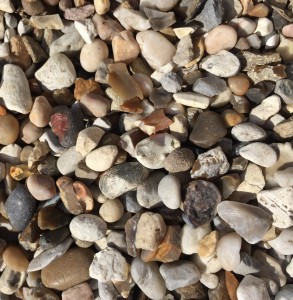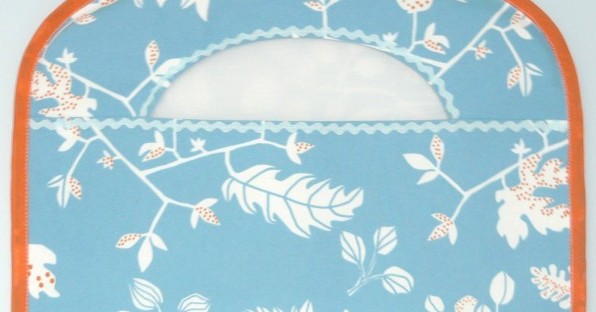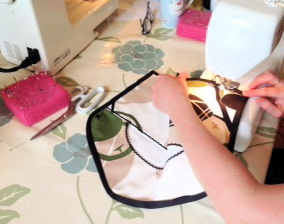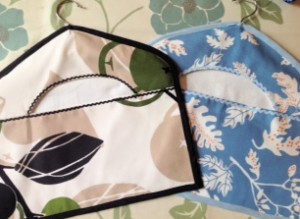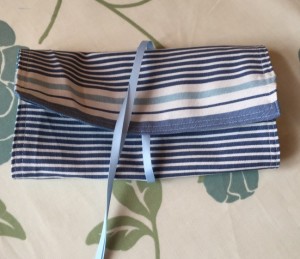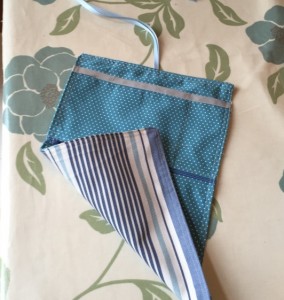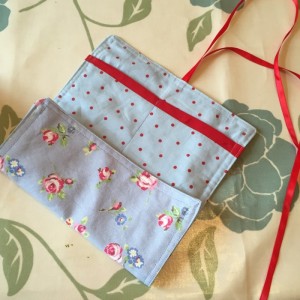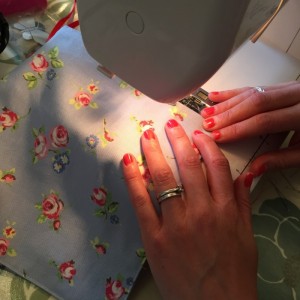There is a Sew Basic Course starting soon so I thought it would be a good idea for me to tell you a little more about it.
Sew Basic is a five week course designed to leave the student confident on a sewing machine and with enough skills to get going on some exciting sewing projects. Each class lasts two and a half hours.
Though it sounds like a course just for beginners, I’ve actually had more experienced sewers attend this course who’ve felt that it has really improved their technique and finish. They’ve also found out the reasons for those annoying little things can go wrong when you’re sewing!
All the way through this course I will give you the information you need to get the best finish to your work. The costumes I used to make for film and TV always had to look as good on the inside as they did on the outside in case they got ripped off in a passionate scene!!
I encourage all students to work at their own pace so nobody feels rushed or held back. There will be lots of individual attention… I’ll give extra support to those who need it and extra challenges and information to those who want it. I am happy to answer any questions you may have so no one should ever feel unsure in my classes.
I have everything here that you may need, though if you would like to learn on your own machine that’s absolutely fine and probably quite sensible. You will receive a course book of all the techniques we are going to cover, which also has lots of instructions to remind you how to do the techniques and plenty of room to make extra notes of your own.
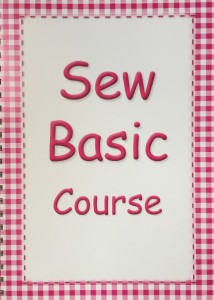
WHAT IS COVERED…
The first 2.5 hour class is all about the sewing machine… threading up the correct way, when and how to change the tension, how to get better foot control. You will learn about different stitch lengths and types and when to use which one. We also cover a basic seam and how to finish off the seam allowance so it doesn’t fray.
The second class is all about enclosed seams, hems and bias binding. Enclosed seams are really useful if you want what your making to look great on the inside but don’t want to line it. And having a variety of different hems to choose from means you will always be able to choose the best type of hem for what you are making.
In week three we cover lots of very useful sewing techniques… How to sew a perfect curve, bagging out, facings and understitching, darts, and piping. It’s a busy 2.5 hours!
In fourth class you will learn all about gathering as well as putting much of what you’ve learnt so far into practice by making a sweet little (doll sized) tiered skirt.
The fifth and final class is about openings – buttonholes and a simple zip. You will learn these techniques in a practical way by turning your buttonhole sample into a teeny cushion and the zip sample into a pencil case… both very pleasing techniques to master!
DATES AND BOOKING
Please have a look at the BOOKINGS page for dates of the next Sew Basic courses
Each Basic Course has five classes in total. All classes are on Thursday Mornings from 10.30am till 1:00pm
The total cost of this course is £140.00
£80.00 must be paid to book your place.
The balance of £60.00 is due on the first lesson.
Only six places available so please book your place early.
To do this go to the Bookings page.

